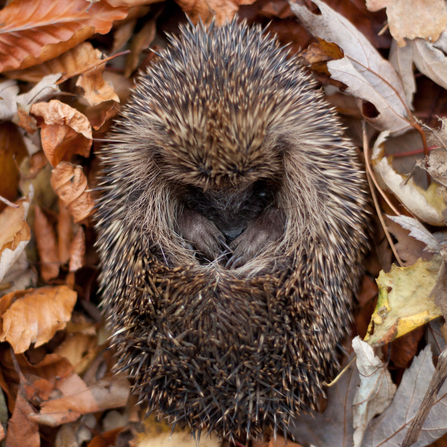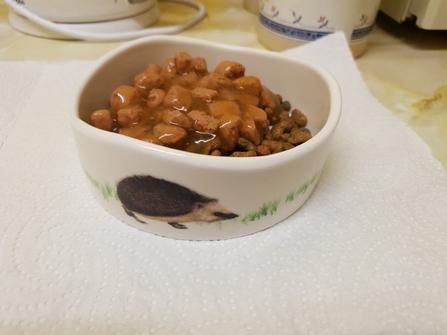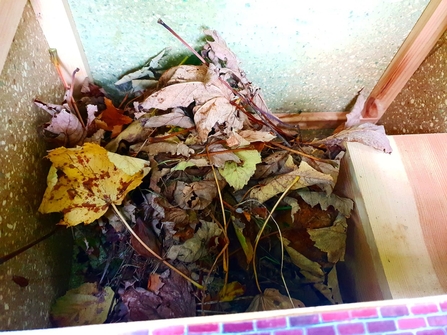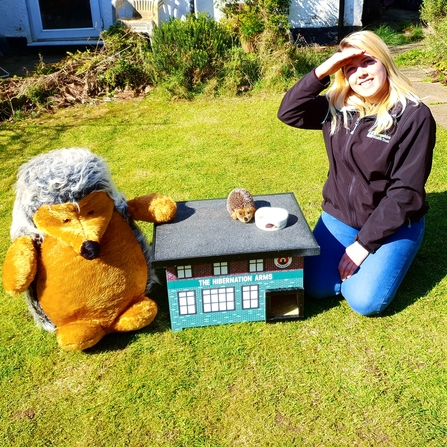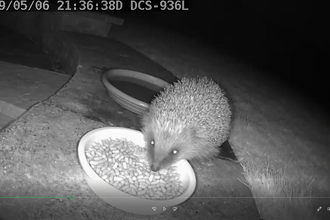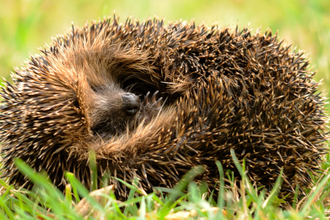There is only one species of hedgehog in the UK – the West European hedgehog Erinaceous europaeus. Over millennia of natural selection, the hedgehog has lost its capacity to tolerate cold, which has led to them developing the technique of hibernation.
Their lack of insulation would mean constant foraging during the coldest time of the year, but the hedgehog’s natural diet is dominated by invertebrates which unfortunately scurry away over the course of winter, leaving hedgehogs with no other option.
Hedgehogs typically hibernate from autumn to spring (October - March), but this can vary depending on the temperature and food available.


